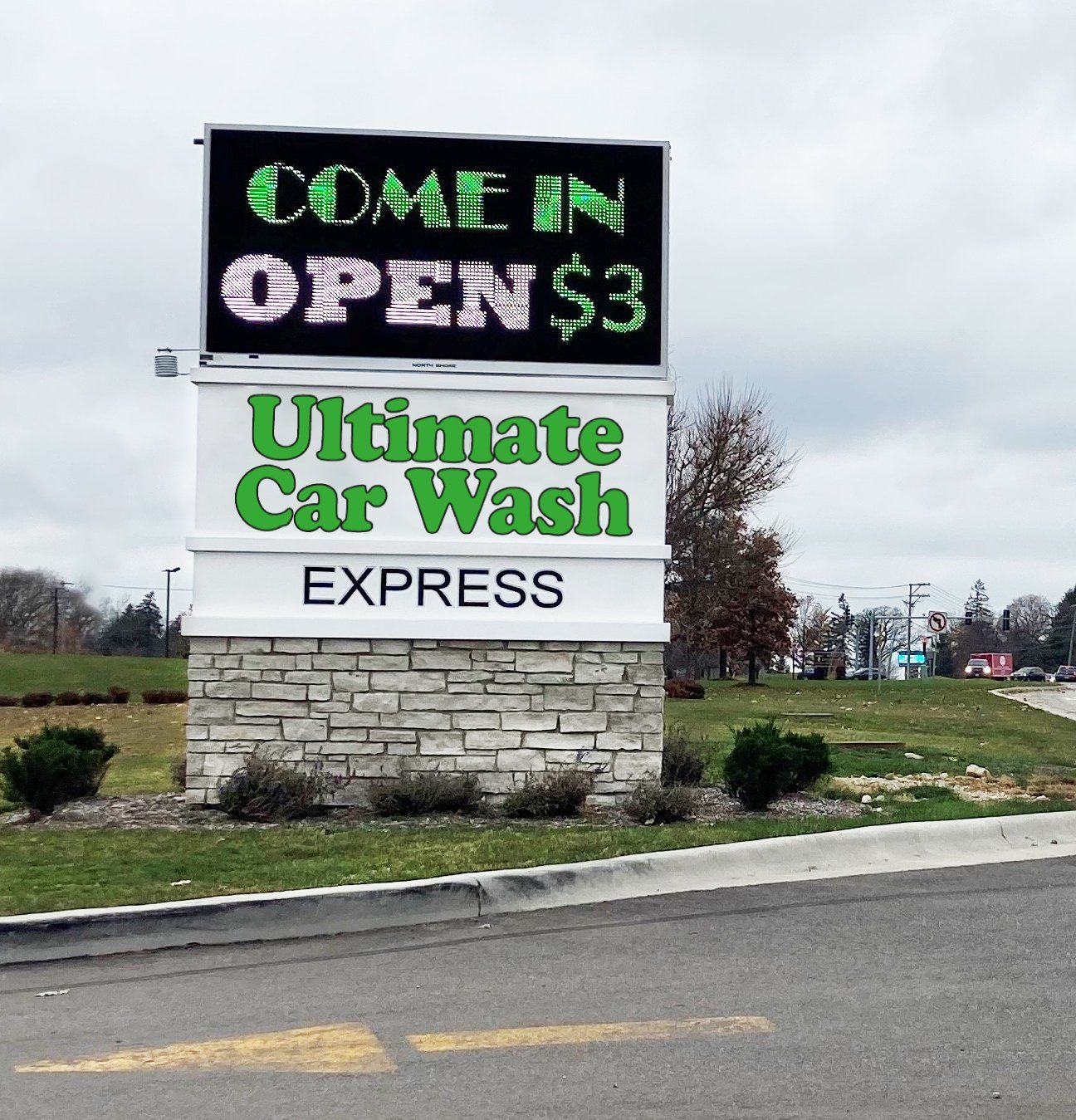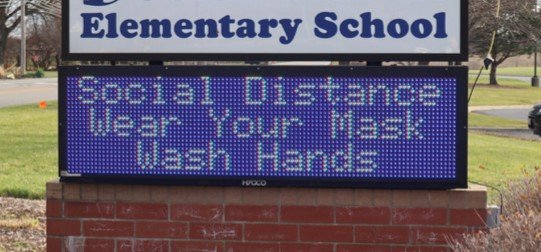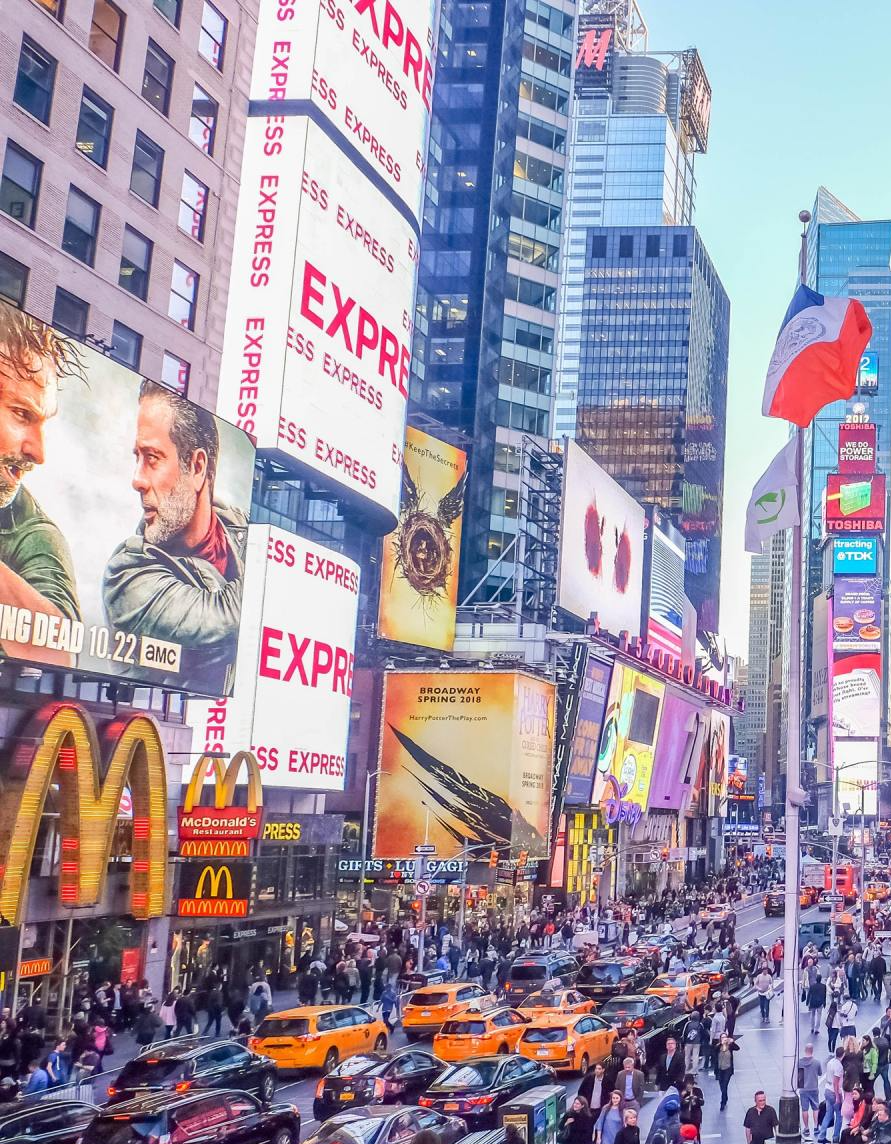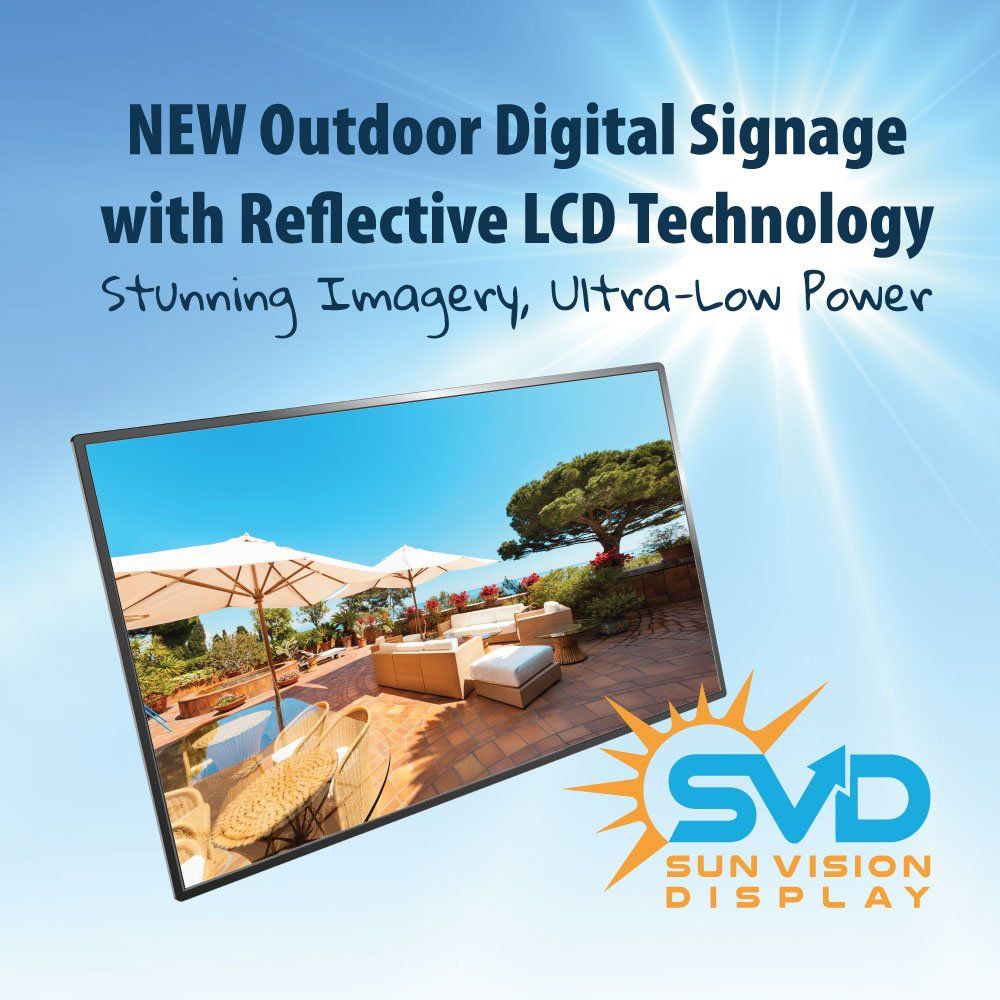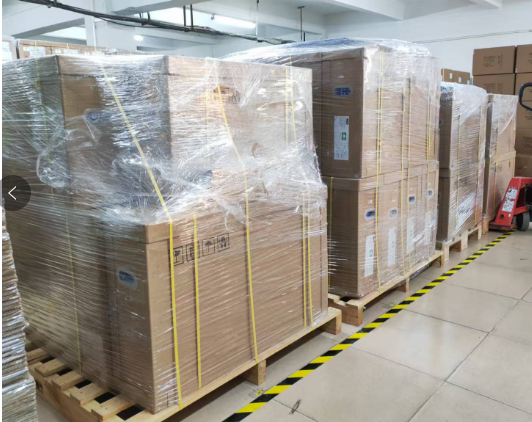The 3 Most Common Challenges with LED Signs
What are LED Signs?
LED signs are not to be confused with LED TVs, which use liquid crystals in front of an LED backlight. LED signs do not rely on backlights or liquid crystals to function. Instead, the light they produce shines directly to the viewer’s eyes, using individual dots of various colors to form images. Those color dots are determined by appropriately mixed combinations of red, blue, and green lights. With these three base colors, nearly any color on the spectrum can be made.
While many business owners regularly choose LED signs as a solution, LED signs have certain challenges. In this article, we will focus on those challenges, as well as a newly-developed solution for overcoming them. For now, let’s talk about one of the biggest considerations of all.
Problem #1: Image Quality
A common complaint with LED signs is that their “color dots” are very noticeable to the human eye. The images they produce are far from what you would call “high def.” Instead, they look somewhat pixelated, creating a less-than-ideal experience for viewers. This problem is growing -- especially since nearly every other type of display technology is advancing along with the average consumer’s expectations. With each improvement, LED signs are only beginning to look more and more insufficient in comparison.
Problem #2: High Costs
LED signs have a higher upfront cost than other types of signage. A static sign is usually composed of basic materials, such as wood, metal, plastic, and rubber. Plus, there are often electrical components added to it, such as lights to make the sign visible at night. LED signs, on the other hand, are more complex in their composition, having a greater variety of electrical components -- circuitry, wires, computer chips, drives, lights, and much more.
Of course, there are other cost considerations than simply the one-time purchase price. LED systems are often very heavy and large, requiring rigging systems for installation. And, being that they are more complex and fragile, their installation is also a more complex process. This makes their installation more expensive -- not just in comparison to static signs, but in comparison to
LCD signs as well.
You must also consider the ongoing costs of running an LED sign, which are a completely new consideration for most static sign owners. LED signs have often been criticized for their energy consumption. While these signs can greatly vary in size and hourly use, they tend to be on the high side of energy consumption. According to one
source, the larger signs can range anywhere from 24,000 kwh to 160,000 kwh annually. On the high end, that is approximately fifteen times the amount of energy used to power an average home each year. You don’t have to be an environmentalist to see how this can be considered wasteful.
Problem #3: Light Pollution
In 2019, the International Dark Sky Association -- a recognized authority on light pollution, published an article that touched on the harmful effects of excessive light from LED billboards and signs. They surmised that LED billboards are capable of being up to ten times brighter than traditional billboards.
To put this into perspective, consider that a normal television ranges anywhere from 500 to 1000 nits (Candelas per square meter -- a unit of brightness measured over a square meter). This is a ballpark figure, of course. Some common TVs are less. Others are more. Now, consider that the average range for outdoor LED signs is somewhere between 5,000 to 8,000 nits. Again, this is a ballpark figure, and dependent on a number of factors. But even when you allow for some fluctuation in these estimations, LED signs are still hundreds of percentage points brighter than even your brightest of indoor home TVs, which we already know are not harmless.
Think about the implications of this light continually spilling out into the night sky and being visible to bystanders who are literally miles away. The IDA says that in nature, such light pollution can affect “breeding, foraging, and orientation behaviors in nocturnal wildlife.” While these are important considerations, we must also consider the impacts that can be had on our own physical health. Were our eyes meant to handle light at this frequency and capacity? The answer: no.
Let’s look at the basics. We all know that the sun is harmful to our eyes -- not just because of UV rays, but because of how bright it is. That’s why we’re told not to stare at the sun, or much worse, solar eclipses. It’s also why our cars have vizors above the windshields and why we wear sunglasses when we’re outside. We know that the excessive light can damage our retinas -- both acutely and over time. Now, consider that many of these signs are actually competing with the sun. Their brightness has to be cranked up relative to the sun’s brightness just so they can be seen in normal daylight conditions. You don’t have to be a scientist to see that we’re putting our eyes (and mother nature) to the test!
Most of us aren’t even aware of it while we’re outside on a bright, sunny day, that our eyes are now being subject to many sources of potentially harmful light, rather than just one. And, as our world progresses further on this digital course, all that bright light starts to feel more normal to us. An intensely bright LED billboard outside of a storefront no longer seems like much of a going concern. And, we no longer have to go all the way to Times Square just to see one. All we need to do is take a drive down any highway through nearly any moderate-sized city, and shazam! We’re blasted in the face by much of that exact same technology.
If you are interested, here are some articles on the harmful effects of excessive blue light:
A New Digital Signage Solution
Some propose that LCD signs are a better alternative than LED signs. And, there are many angles they come at this from. When you listen to their arguments, you have to take into account that not all LCD and LED signs are created equally. Some are more efficient in various ways than others, completely altering the entire lists of pros and cons associated with each. All in all, some good arguments can be made for either case, but both arguments leave you with more or less the same problems, which are: a product that still consumes too much energy and produces far too much harmful blue light. So then, outside of the common LCD and LED options, which other alternatives are out there? Great question.
A relatively new, innovative type of technology is growing in awareness among digital advertisers. A solution that consumes approximately
95% less power than its competitors. A solution that does not compete with sunlight, but rather, uses sunlight to its advantage. What is it? No, it’s not solar powered tech (although it is similar in some ways). It’s something called
reflective LCD technology.
Reflective LCDs create a unique solution that no other LCD or LED can boast. They solve a problem that the alternatives only attempt to work around. Rather than increasing their brightness relative to the sun’s competing brightness, reflective LCDs automatically become MORE VISIBLE relative to the sun’s brightness. This is (or at least should be) groundbreaking news for any digital advertiser who cares about long-term energy consumption, reducing light pollution, and reducing the physical harm these factors can cause.
As you’ll see in our video on the left, a reflective LCD panel performs effortlessly to produce bright, crisp HD images with the ambient light that is freely available on a given normal day. Any of its competitors would have to boost up their brightness (possibly into the thousands of nits) in order to achieve this! And, this reflective panel is doing it all while utilizing only 5 watts of power. That power is coming from a tiny 12 volt battery attached to the display’s backside, which will give the display approximately 8 hours of use.
Please, take a moment to lift your jaw back up, and think for a minute about all the doors that this opens. Remember that golf outing last year that had LCD displays spaced in key spots to keep spectators informed on scores and wind speeds? And, do you remember the mess of cords that had to be run to power them, creating tripping hazards and unsightly distractions? And, try to think of the huge power bill that came from keeping all those displays powered and fully bright for that large chunk of time. You chalked all that up to being a “necessary evil.” But, maybe it wasn’t.
Reflective displays would have easily alleviated so much of that headache, as well as the many other headaches associated with typical high-brightness (and high-power) displays. Whether we’re talking about golf events, theme parks, recreational areas, outdoor menus, or pretty much any other high-brightness situation, reflective LCD tech is a revolutionary solution.
SVD (Sun Vision Display) is a company at the forefront of this emerging reflective LCD technology. SVD works to bring you the latest, most advanced, and most developed reflective LCD signs. If you’d like to learn more about how YOU can save, complete our form or contact us by phone at 224-268-3343. SVD will be glad to provide you with more information and assist you with any question(s) you may have.
WANT TO KNOW MORE?
Contact Us


